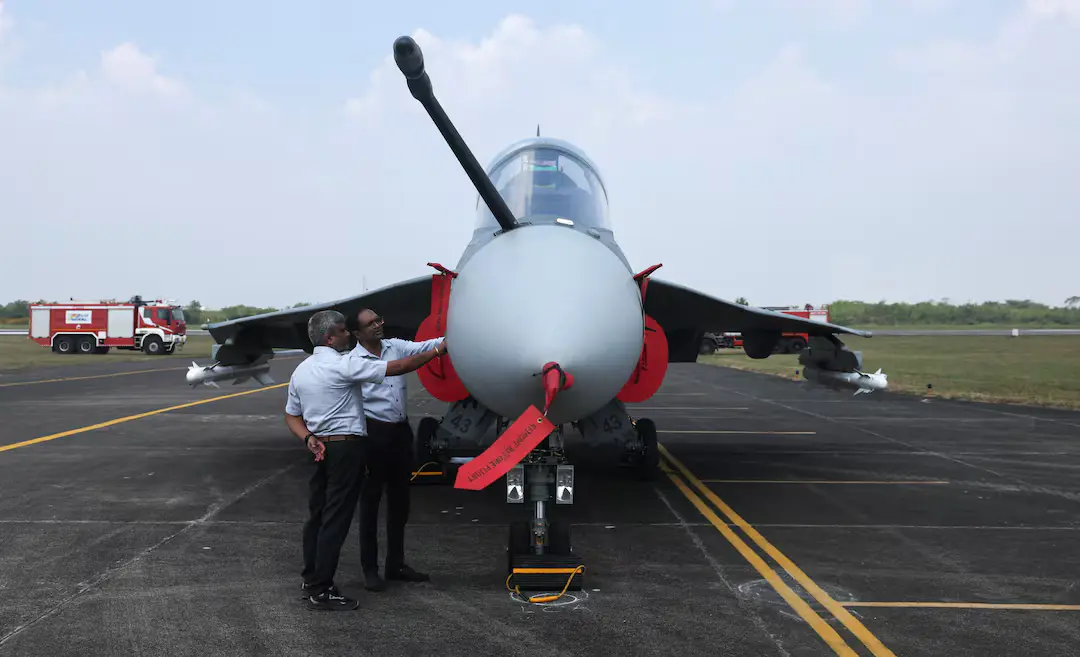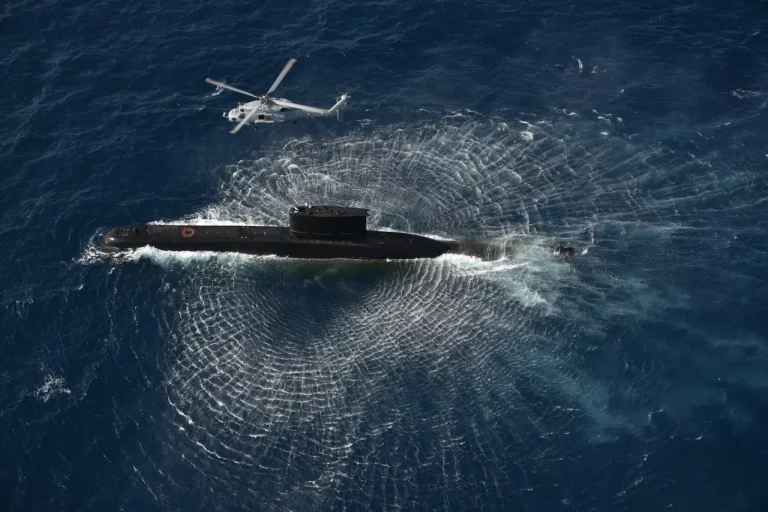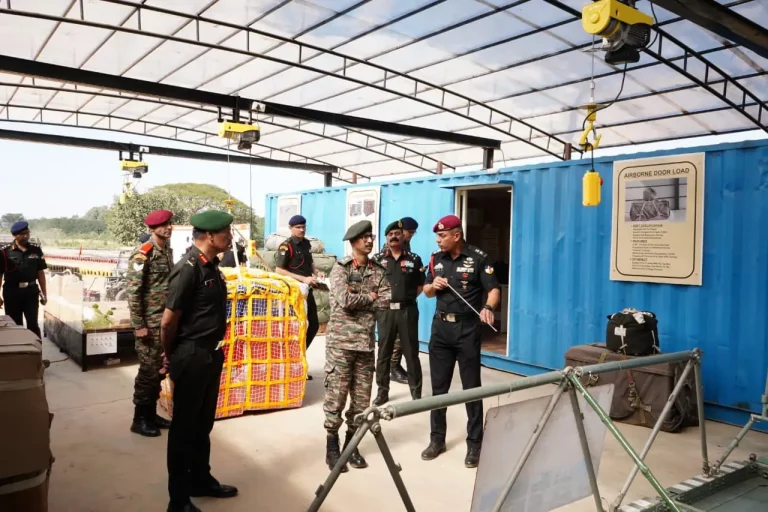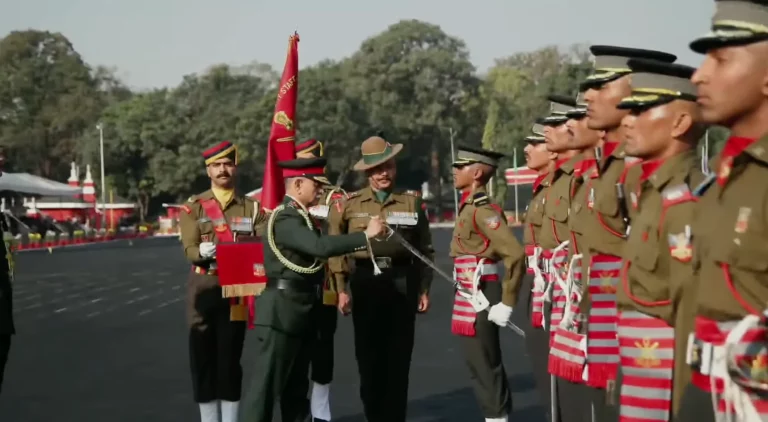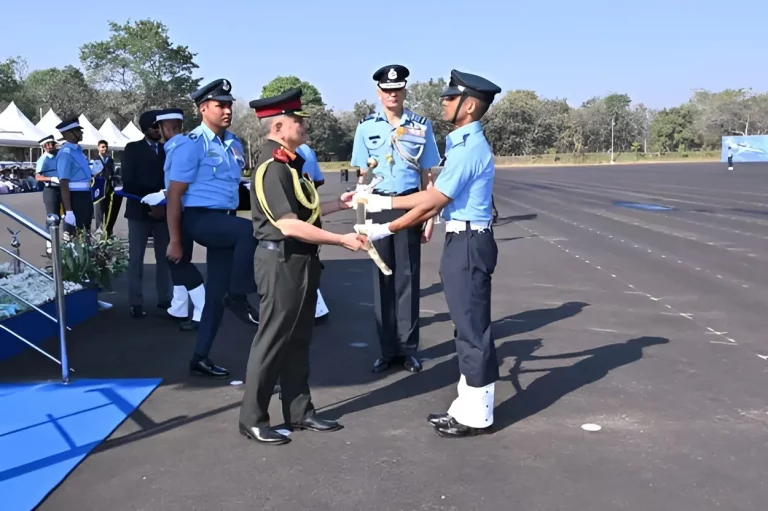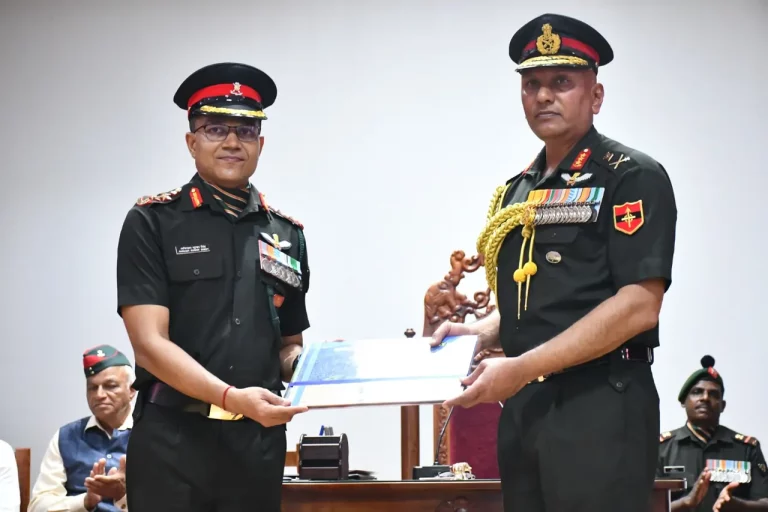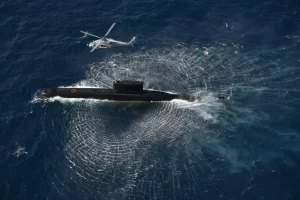India is embarking on a significant initiative to bolster its military aviation capabilities by investing approximately ₹654 billion (around $7.44 billion) over the next decade. This investment will focus on the manufacturing and procurement of fighter jet engines, aligning with the country’s strategy to achieve self-reliance in critical aerospace technologies and to diminish its reliance on imported propulsion systems.
SV Ramana Murthy, the Director of the Gas Turbine Research Establishment (GTRE), indicated that India will require about 1,100 aircraft engines for various fighter jets currently under development. Notable projects include the TEJAS MK-1A, TEJAS MK-2, and the upcoming Advanced Medium Combat Aircraft (AMCA). The ambitious plan is designed to ensure that India significantly boosts its domestic aerospace capabilities.
Historically, the development of India’s indigenous Kaveri turbofan engine has faced numerous technical challenges, particularly in achieving optimal thrust-to-weight ratios and ensuring reliable performance at high altitudes. Researchers are now redirecting their efforts toward derivative versions of the Kaveri engine that can support unmanned combat aerial vehicles (UCAVs) and future light aircraft. This strategic pivot is aimed at enabling phased technology integration, thereby gradually enhancing domestic capabilities.
Murthy stressed the urgent need to establish a robust ecosystem for engine manufacturing within India. This includes the creation of high-altitude test facilities, advanced materials research laboratories, and precision manufacturing centers for turbine blades. He underscored the necessity of developing a skilled supply chain and a strong industrial base that can meet the increasingly sophisticated needs of aerospace propulsion.
In tandem with these indigenous efforts, India is also pursuing co-development agreements for engine technologies with international partners for its AMCA program. Major global players such as Safran from France, Rolls-Royce from the UK, and General Electric from the US have shown interest in establishing strategic collaborations. This initiative seeks to merge foreign technological expertise with Indian engineering capabilities, thus enhancing the indigenous content in future engine variants.
The first prototype of the AMCA is anticipated to launch by 2028, equipped with cutting-edge stealth features, advanced avionics, sensor fusion technologies, and engines capable of supercruise. This advancement will position India amongst a select group of nations that are pioneering fifth-generation fighter technology.
In a notable policy shift, the Indian government has opened the production contracts for engines and aircraft to private industry, effectively reducing reliance on Hindustan Aeronautics Limited (HAL). This strategic move is intended to expedite production timelines, foster competition, and expand India’s defence manufacturing base.
Prime Minister Narendra Modi’s administration is steadfast in promoting the Atmanirbhar Bharat initiative in defence manufacturing, actively encouraging global Original Equipment Manufacturers (OEMs) to form joint ventures with Indian companies. By investing in both indigenous and collaborative propulsion programs, India aims not just to enhance its future air fleet but also to emerge as a competitive aerospace hub with the capacity to export advanced engine technologies in the years to come.
